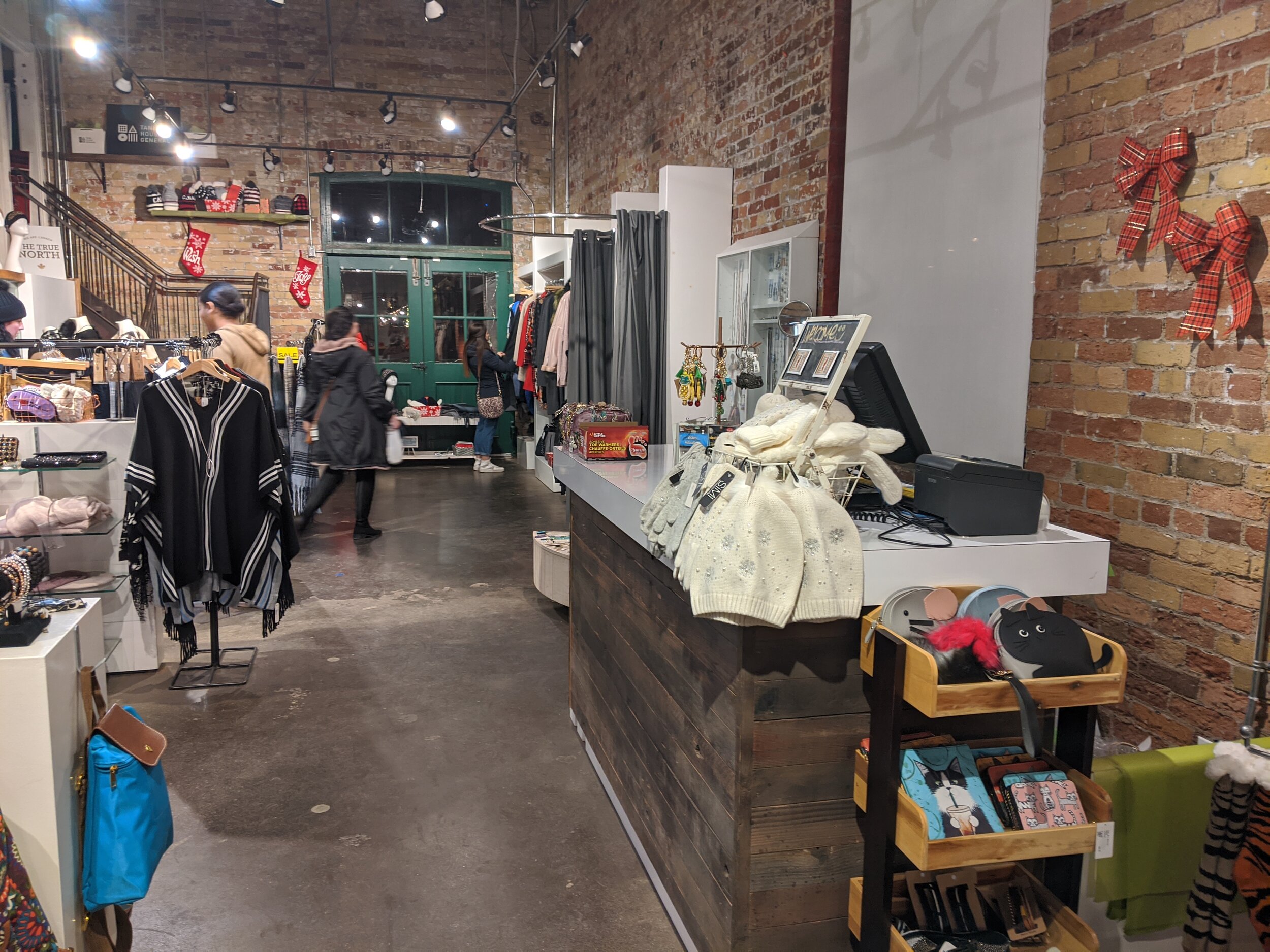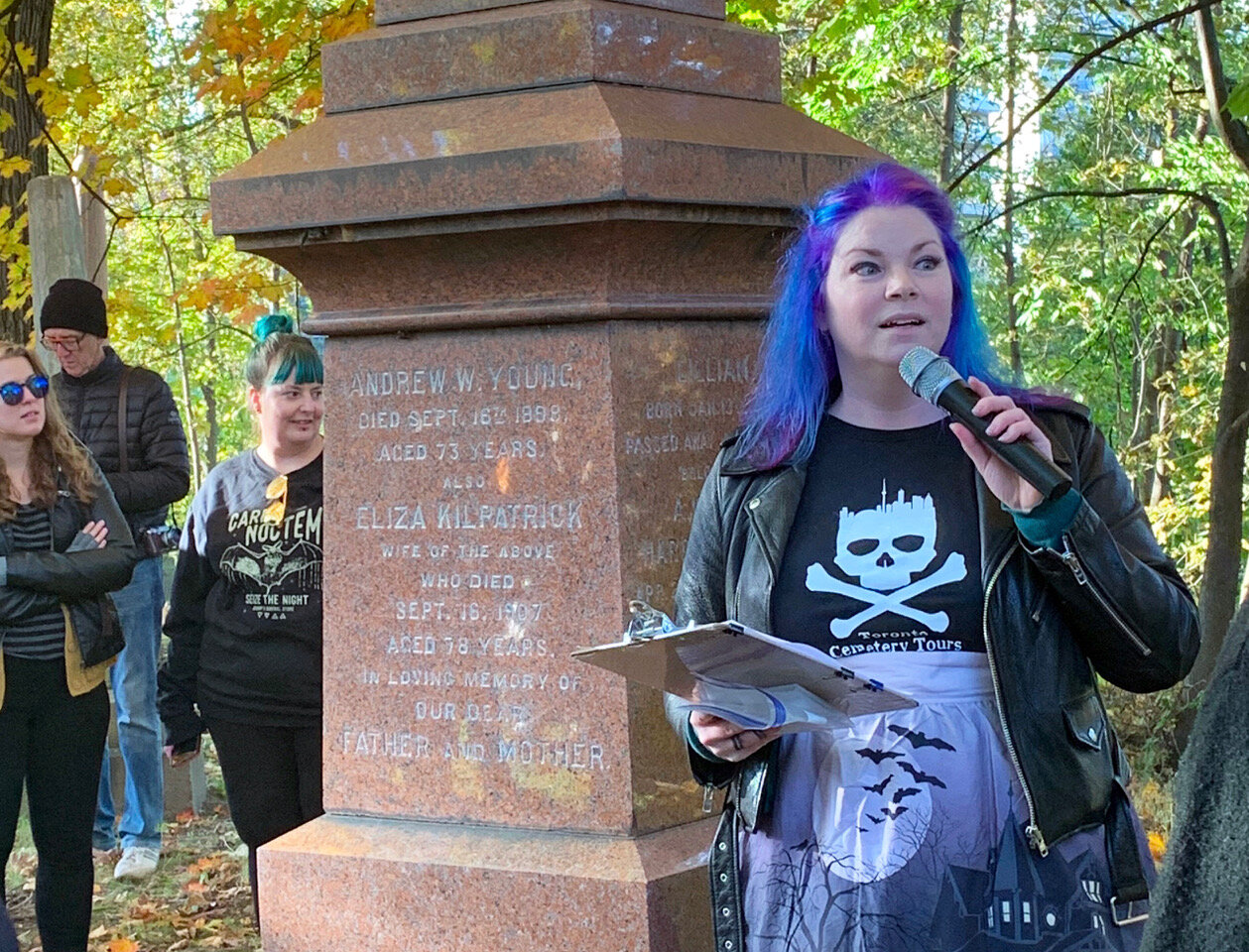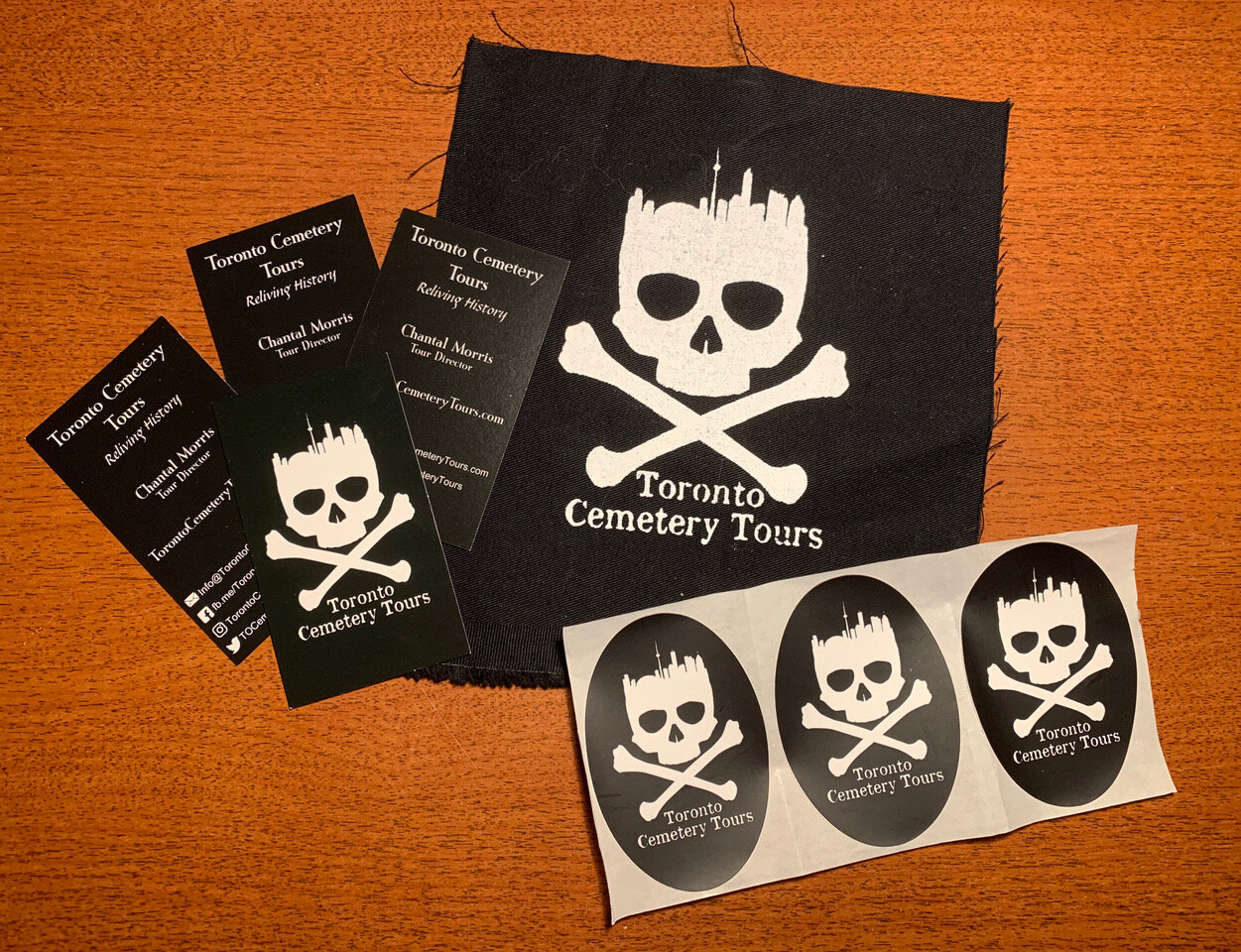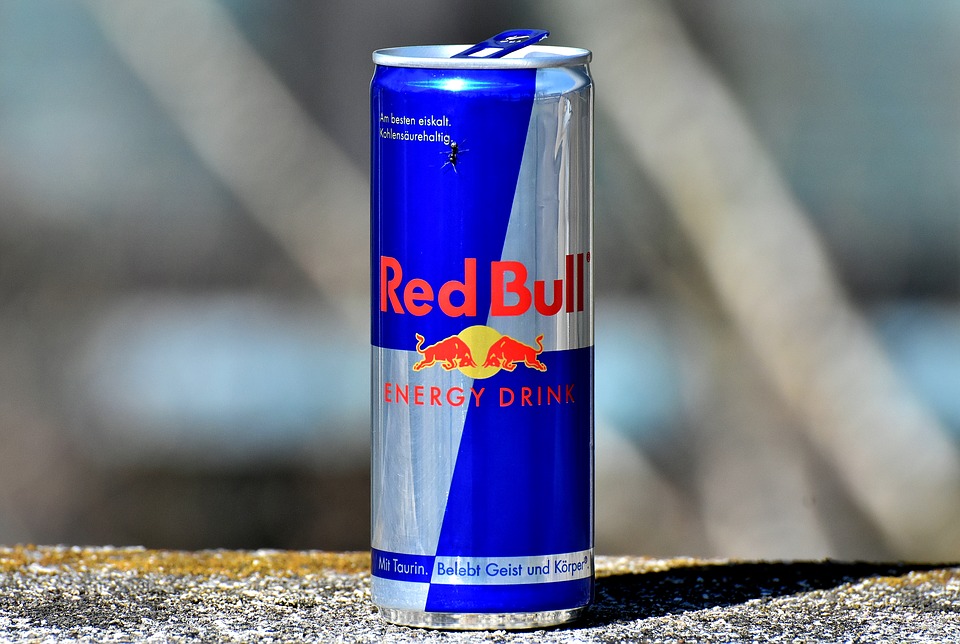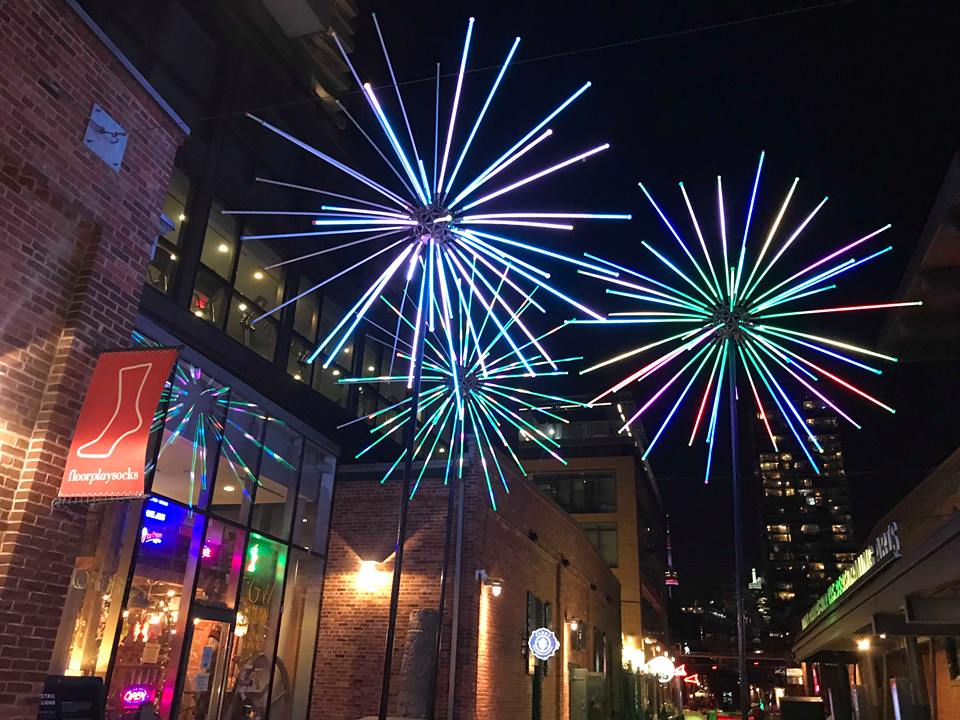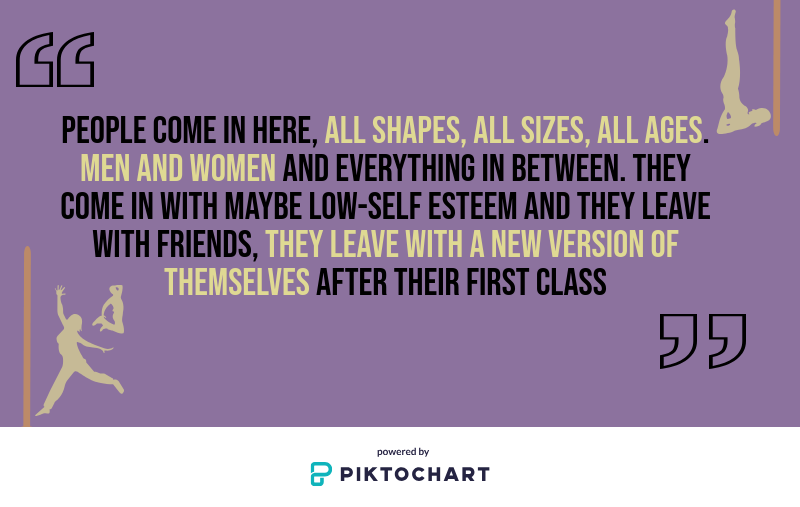By Pooja Rambaran
Employees share how the Toronto Christmas Market affects their work schedule
As soon as you step onto the cobblestone streets of the Distillery District, you're transported into the magic of the Toronto Christmas Market.
From Nov. 14 to Dec. 22, the Distillery District is transformed into the Toronto Christmas Market an annual Christmas celebration, where food, sweet treats and gifts are displayed and sold.
Visitors walking around the Christmas Market in Toronto’s Distillery District. (CanCulture/Pooja Rambaran)
Beneath the rows of lights that hang above the cobblestone streets, visitors buzz by the line of food booths and stores, clutching their hot chocolates and baked goods, as Christmas songs resonate through the air.
But behind the magic are the many employees who face longer and busier hours during this month long Christmas extravaganza.
“It’s definitely much more intense than during the rest of the year,” said Robbie Hatch, sales associate at Vom Fass, an oil and vinegar store at the market.
Inside Vom Fass in Distillery District with Robbie Hatch standing behind the counter. (CanCulture/Pooja Rambaran)
But while the energy is higher and there is more staff on duty, Hatch doesn’t see the sales you may expect at this busy time of the year.
He notes that the Distillery District has become increasingly “Instagrammable”, with a large focus being placed on building it up as a whole experience for people to come, enjoy and take pictures.
“I think that’s affected a lot of the stores here in terms of sales, maybe negatively but definitely differently because you don’t have a lot of people necessarily coming in to buy Christmas gifts,” Hatch said.
“I think what happens is you have people who hang out in the streets, they try out all the vendors and they don’t really pay too much attention to the stores.”
A glimpse of the Christmas tree at the Toronto Christmas Market. (CanCulture/Pooja Rambaran)
But the unmatched vibrancy and festivity keeps Hatch coming back to work seasonally, every Christmas.
“You have four or five [marriage] proposals a day right outside the Christmas tree. I’m probably in the background of so many selfies,” Hatch said.
Over at the Tankhouse General boutique, sales associate Iyanna Croxen works two hours later around this time of the year.
“It’s challenging if I’m working by myself and a lot of people come in at once, especially since we have two levels,” Croxen said.
Inside Tankhouse General. (CanCulture/Pooja Rambaran)
But Croxen says helping people find the perfect gift for the holidays is the most rewarding part of it all.
“We’re definitely getting more sales,” Croxen said. “The Christmas Market definitely brings in a lot more people during the week especially.”
On the other hand, Cassandra Vinckers, sales associate at the Tartistry bakery, experiences things a little differently compared to Hatch and Croxen.
Cassandra Vinckers standing behind the Tartistry booth. (CanCulture/Pooja Rambaran)
Vinckers has come to work specifically for the Christmas Market to promote The Queensway-located bakery.
“We sell about 4000 tarts a day from now [until] Christmas so that would make our sales go way up,” Vinckers said.
While the small booth can get crowded at times, Vinckers doesn’t experience much difference in workload.
“It just gives me extra money for Christmas,” Vinckers explained.
Michelle Lehane, sales associates at Yummi Candles, has seen her workload and hours doubled but noticed a boost in sales as well.
As many people stop by the booth throughout the day, Lehane is able to generate publicity for the store.
Michelle Lehane standing behind the Yummi Candles booth. (CanCulture/Pooja Rambaran)
“It’s a long day when it comes to the market but it’s a lot of fun too, so you can’t go wrong,” Lehane said.
However, Lehane explained that "[t]he weather is most challenging because one minute it could be fine, the next minute it could be freezing cold.”
Luckily, Lehane said the heaters and the Christmas spirit keep her going.
Lehane, Hatch, Vinckers and Croxen are just a few of the many employees who work long hours at the market to bring visitors a quality experience.
The Toronto Christmas Market encapsulates the essence of the holiday spirit in the form of food, decorations and the overall joyous, festive ambiance that it invokes.




